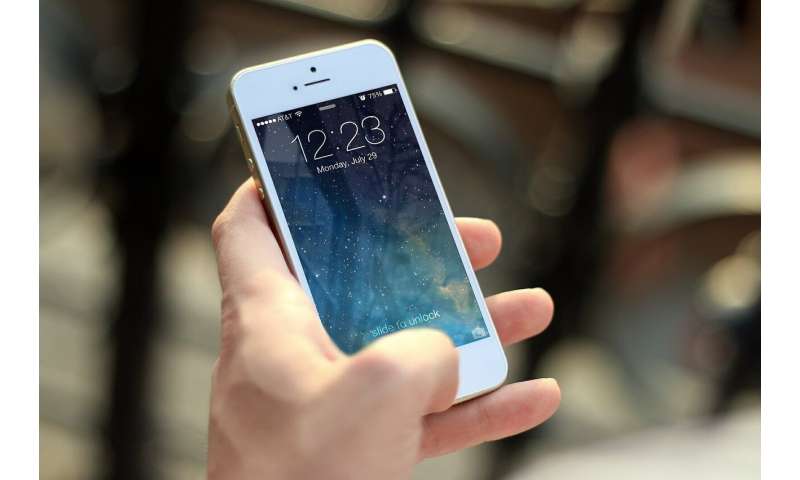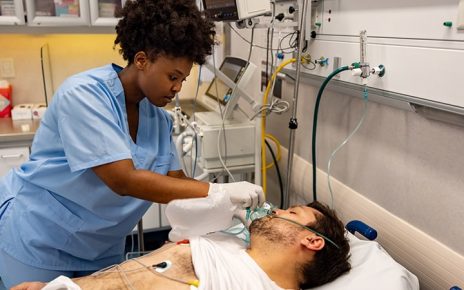
People with headache who use smartphones may be more likely to use more pain medication and find less relief when they do than people with headache who do not use smartphones, according to a preliminary study published in the March 4, 2020, online issue of Neurology Clinical Practice, an official journal of the American Academy of Neurology. The study does not prove that smartphone use causes greater use of pain medication and less relief; it only shows an association.
“While these results need to be confirmed with larger and more rigorous studies, the findings are concerning, as smartphone use is growing rapidly and has been linked to a number of symptoms, with headache being the most common,” said study author Deepti Vibha, DM, of All India Institute of Medical Sciences in New Delhi and a member of the American Academy of Neurology.
For the study, researchers identified 400 people in India with a primary headache condition, which includes migraine, tension headache and other headache types that are not due to another condition. They asked the people about their smartphone use and their headaches and medication use.
Of the 400 people, 206 were smartphone users and 194 were non-users. The people who did not use smartphones were older, had a lower education level and were more likely to have a low socioeconomic status than those who did use smartphones.
The smartphone users were more likely to take pain-relieving drugs for their headaches than non-users, with 96% of smartphone users taking the drugs compared to 81% of non-users. Smartphone users took an average of eight pills per month compared to five pills per month for non-users.
Smartphone users also reported less relief from the medication, with 84% gaining moderate or complete relief of headache pain compared to 94% of non-users.
The study did not find any difference between the two groups in how often headaches occurred, how long they lasted or how severe they were.
“The root of the problem is not yet clear,” said Heidi Moawad, MD, of Case Western Reserve University in Cleveland, Ohio, and John Carroll University in University Heights, Ohio, and a member of the American Academy of Neurology, in an editorial accompanying the study. “Is it a user’s neck position? Or the phone’s lighting? Or eye strain? Or the stress of being connected at all times? Answers will likely emerge in upcoming years and eventually guide strategies for more sustainable use of the devices. Features such as hands-free settings, voice activation and audio functions could potentially hold the key to helping smartphone users benefit from their phones without exacerbating their headaches.”
Vibha noted that the study only examined people at one point in time; it did not follow them to look for changes over time.
Source: Read Full Article



